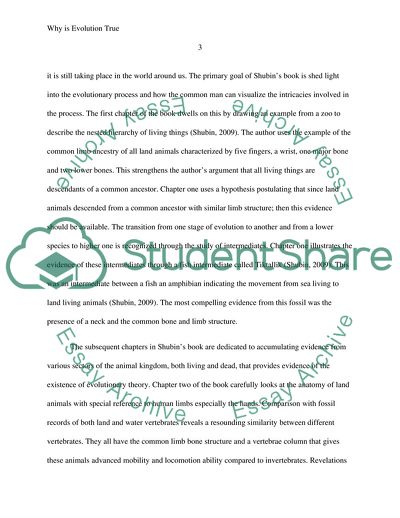Cite this document
(Why is Evolution True Book Report/Review Example | Topics and Well Written Essays - 2500 words, n.d.)
Why is Evolution True Book Report/Review Example | Topics and Well Written Essays - 2500 words. https://studentshare.org/biology/1807342-why-is-evolution-true
Why is Evolution True Book Report/Review Example | Topics and Well Written Essays - 2500 words. https://studentshare.org/biology/1807342-why-is-evolution-true
(Why Is Evolution True Book Report/Review Example | Topics and Well Written Essays - 2500 Words)
Why Is Evolution True Book Report/Review Example | Topics and Well Written Essays - 2500 Words. https://studentshare.org/biology/1807342-why-is-evolution-true.
Why Is Evolution True Book Report/Review Example | Topics and Well Written Essays - 2500 Words. https://studentshare.org/biology/1807342-why-is-evolution-true.
“Why Is Evolution True Book Report/Review Example | Topics and Well Written Essays - 2500 Words”. https://studentshare.org/biology/1807342-why-is-evolution-true.


